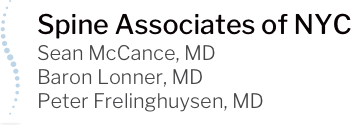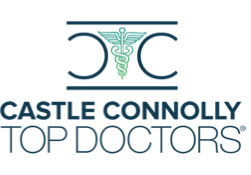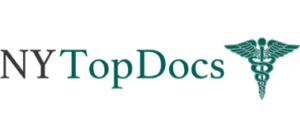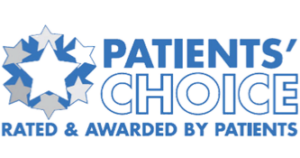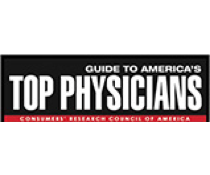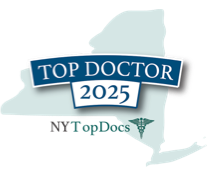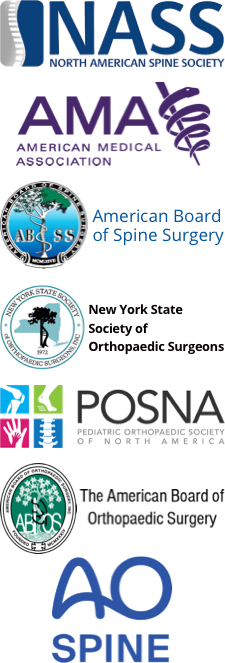Scoliosis is a somewhat common condition that affects approximately 6 million Americans or 2-3% of the general population. Many people are familiar with back braces that sometimes accompany the treatment of scoliosis. However, from varying degrees of spinal curvature to different treatment options, there’s more to it than just back braces – and I’m sharing a brief guide to understanding what scoliosis is, who it affects, and how it is treated.
What is scoliosis?
Scoliosis, simply put, is an abnormal curvature of the spine. While a normal spine forms a straight line from the neck to the buttocks, spines with scoliosis curve to form a C or S shape.
Who has scoliosis?
Scoliosis can begin at any age. Most commonly, it develops in adolescents between the ages of 10 and 15. Juvenile scoliosis occurs when spinal curvature develops in children under the age of 10. Adult onset scoliosis, or degenerative scoliosis, most often develops in adults over the age of 60. Degenerative scoliosis can be caused by a gradual deterioration of discs from a lifetime of wear and tear.
While adolescent scoliosis occurs equally among both genders, females are eight times more likely to progress to a degree serious enough to require treatment.
How is scoliosis diagnosed?
Scoliosis causes body asymmetries, such as uneven shoulders and hips, rotation of the rib cage, pelvic tilt, or changes in posture. Because these signs can be seen with the naked eye, scoliosis is often discovered by a family member or during a routine doctor visit. The doctor may then recommend an x-ray to better determine the location and severity of the curvature. Curves are classified by location, shape, and pattern.
The degree of the curve is also measured to determine the severity of the condition. Any curve of the spine greater than 10 degrees is considered scoliosis. In general, curves that are greater than 20 require observation and treatment.
How is scoliosis treated?
Not all scoliosis requires surgery or bracing. In fact, 4 out of 5 people with scoliosis have curves of less than 20 degrees and do not require surgery. However, children in particular require regular check-ins, even when the curvature is minor. As children grow, there is a possibility that the condition will worsen and require treatment.
Treatment options depend on age and severity. Bracing is often used for children who are still growing to limit the progression of the symptoms. Bracing can be used in adults, for support and pain relief. In children, surgery is usually only recommended when the curve is greater than a minimum of 40 – 50 degrees. In adults, surgery is recommended if the scoliosis progresses, becomes painful, or causes nerve compression and sciatica. Typically, the scoliosis is treated by placement of rods and spinal fusion, to straighten the curve and stabilize the spine.
This x-ray shows the excellent correction we achieved in an 18 -year-old patient of mine who had significant back pain and a large rib hump.
What should I do my child or I have been diagnosed with scoliosis?
Follow the treatment plan set forward by your doctor. If the curvature is greater than 20 degrees or you’ve been told surgery is required, make an appointment with my office.
